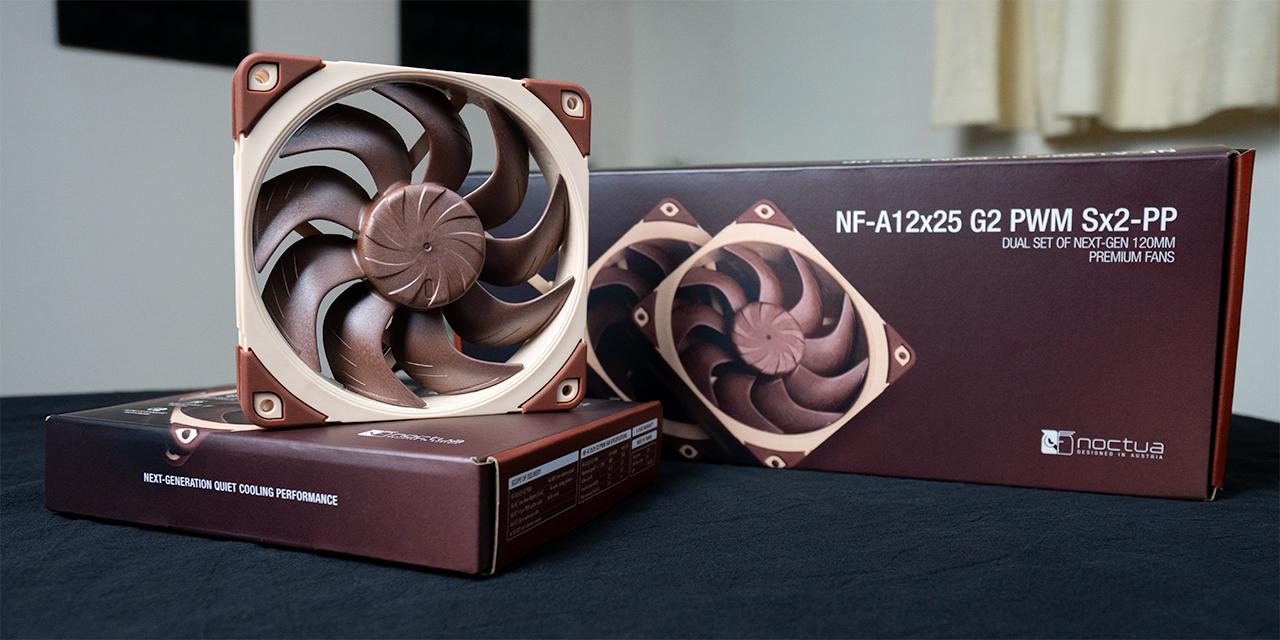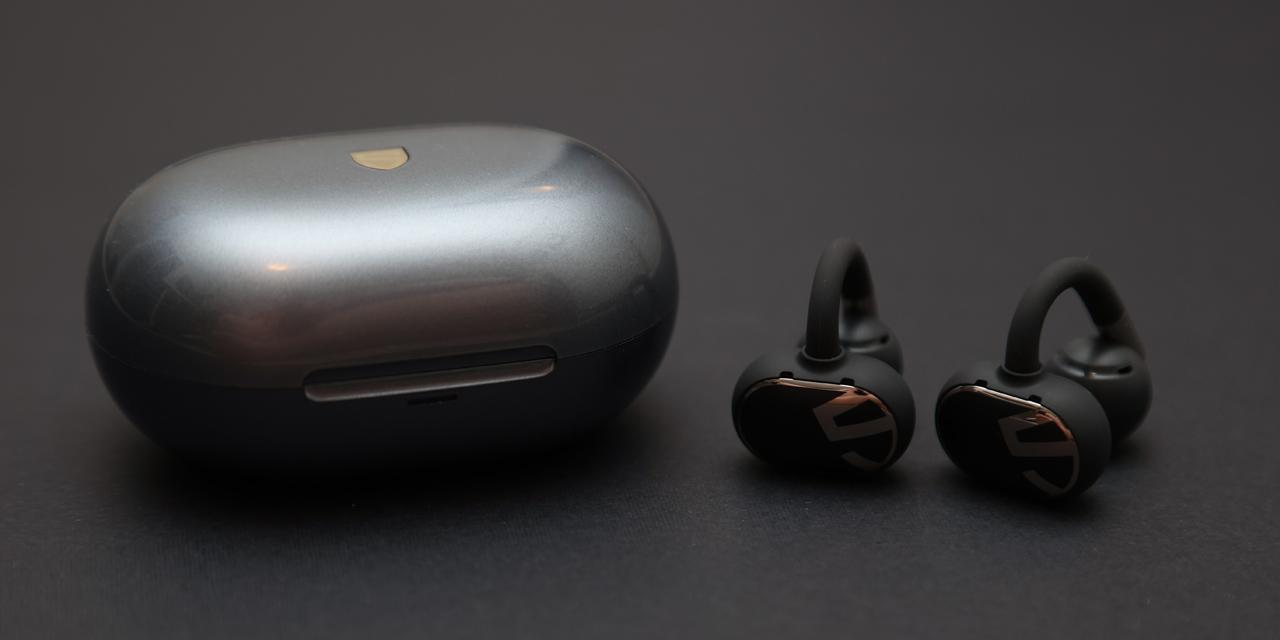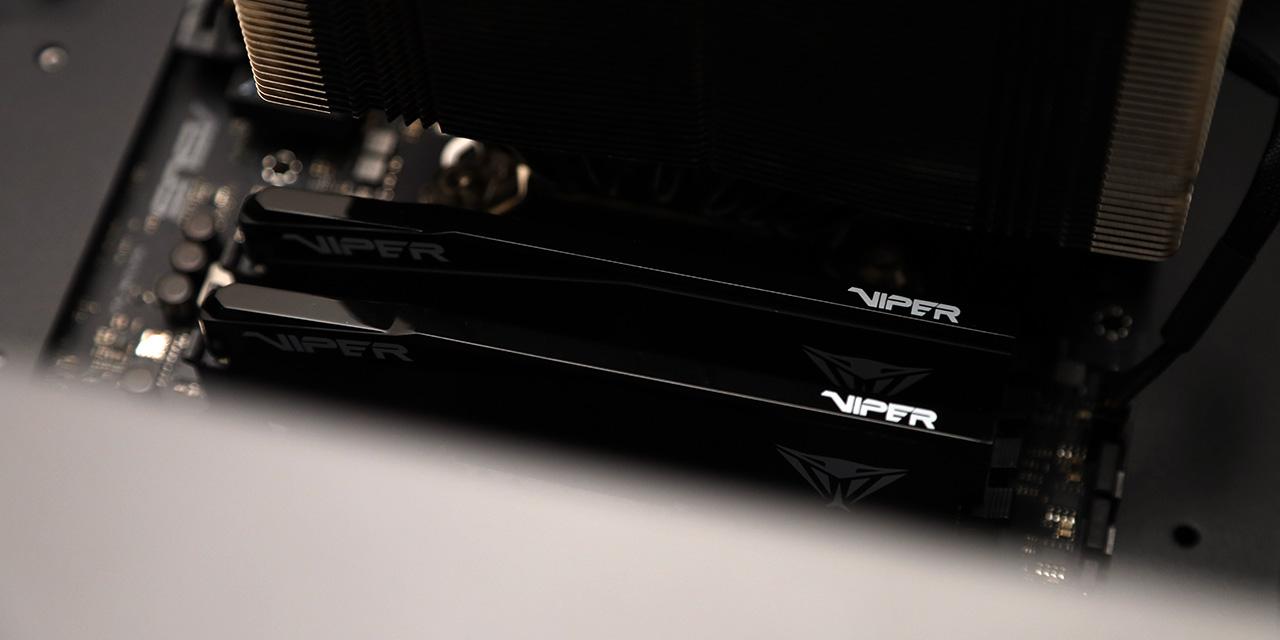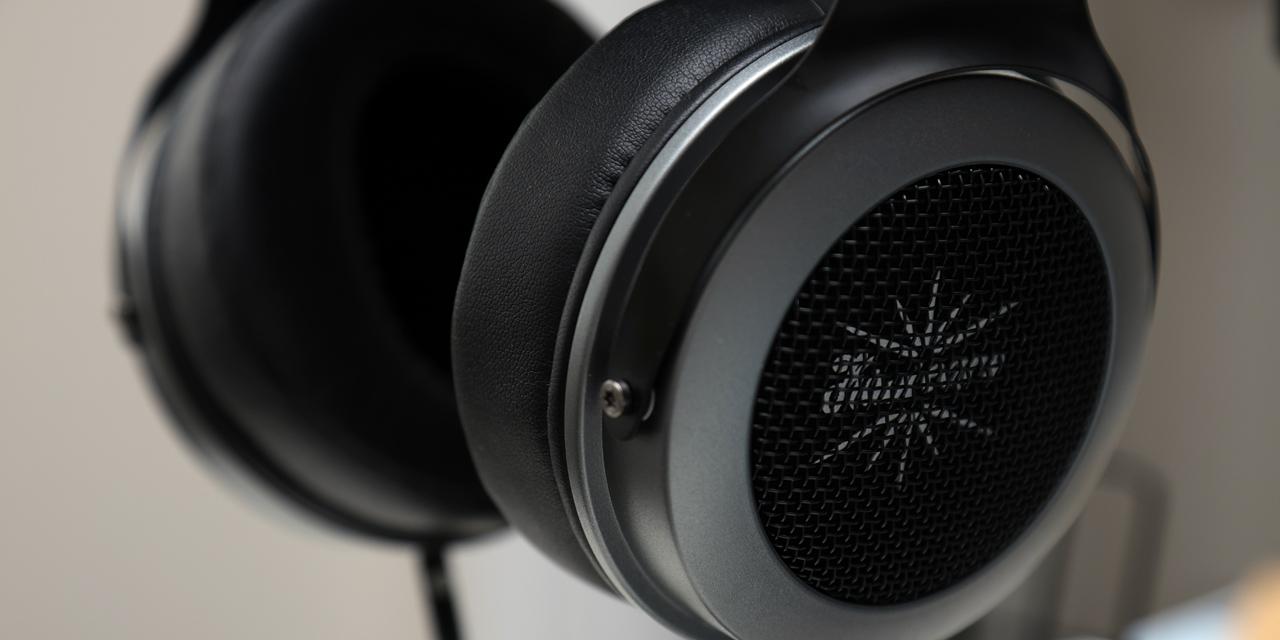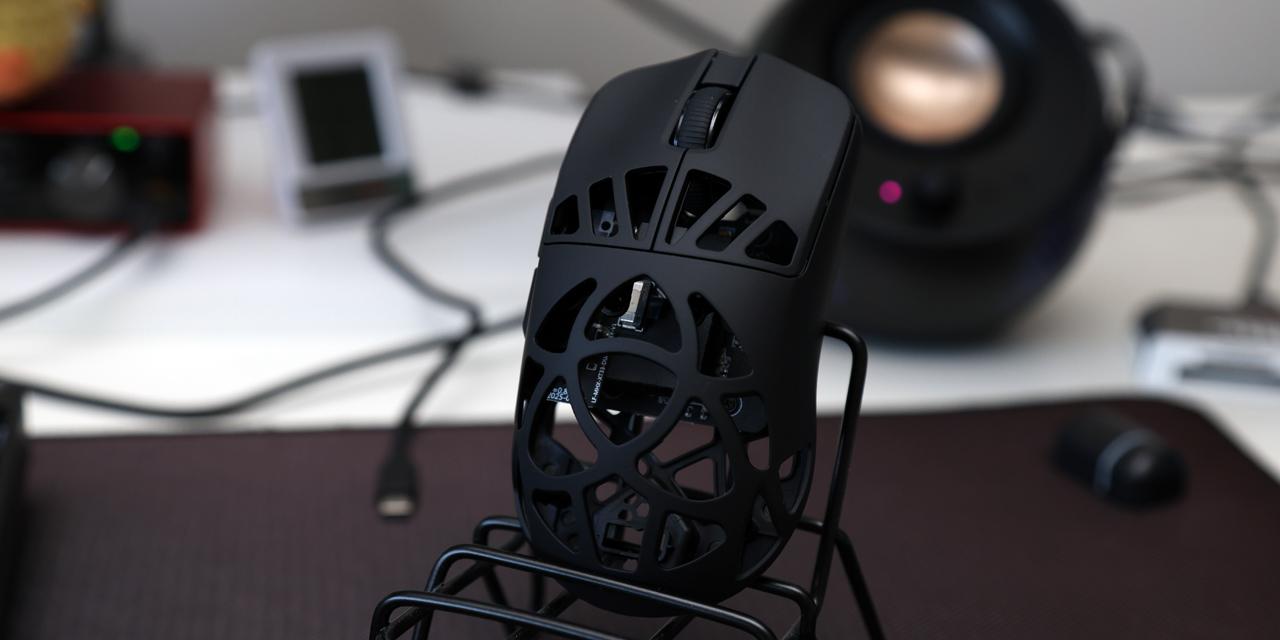Page 3 - A Closer Look - Disassembly and Internals

Taking apart and looking at the individual pieces of the MechLands Vibe75, we first can inspect the keycaps. These are PBT or polybutylene terephthalate plastic with a double-shot injection. I like PBT as a material choice, as it is more durable and does not shine or fade over time compared to other commonly used plastics like ABS. The thicker wall also adds to a deeper sound when used. The legends are inserted with a second layer of plastic, which is why it is called double-shot. As such, the legends will not fade or wear over time, but it is a costly option for making keycaps. The choice of font is clear and legible with a very OEM-like writing. The keycaps use standard MX stems with a Cherry profile. The MechLands Vibe75 offers full NKRO over USB. NKRO stands for N-key rollover, which refers to the number of keys scanned independently by the hardware.

On the Vibe75, longer keys like the space bar and Enter have Cherry stabilizers on each side to ensure an even actuation travel and prevent wobbling. These are factory-lubricated for a smoother and quieter action. They are also plate-mounted rather than screwed into the PCB. This is usually a cheaper alternative as plate-mounted stabilizers can cause a bit more rattling. Thankfully, the lubrication is effective at reducing these noises. The plate is a translucent, flex-cut polycarbonate, which has a bit of give in the deck. However, the amount is not too egregious and understandable given the mounting mechanism inside. This flex cushions out each keystroke when you bottom out, resulting in less of a clack sound.

One of the selling points of the MechLands Vibe75 is its key switches. Mechanical switches consist of a housing base, stem, and spring, with varying degrees of tactile and audible feedback. Our unit of the Vibe75 comes with its own brand of Cream Mint linear switches. Traditionally, gaming enthusiasts like linear switches for a fast typing experience. The MechLands Cream Mint switches have an actuation force of 45g and a bottoming out force of 50g. Other specifications include a fifty million keystroke lifespan, actuation distance of 2.0mm, and full travel of 3.6mm. There is a slot under each switch that allows the south-facing RGB LED lights mounted on the PCB to shine through. Furthermore, these switches are hot-swappable, with sockets underneath that support both three-pin and five-pin switches.
The MechLands Cream Mint switches are in a pleasant combination of colors that fit well with the theme of the keyboard. Its mint green stem and base are combined with a light aqua blue top housing. After you open the switch, there are a few things to note. The spring inside measures 20mm long. There is minimal lateral movement on the switch, which is good to see. There is some lubricant to ensure smoother movement. Unfortunately, MechLands did not make us aware of the specific materials used in this switch, although it is probably nylon or POM. There are benefits to each different material, which come down to a lower coefficient of friction while maintaining strong durability. Altogether, we have a nice and smooth action that feels satisfying to press.

Tearing down the MechLands Vibe75 is a bit of an irreversible process, as you will see. The first step involves taking off the aluminum rail that stretches the sides and top of the keyboard. You first need to remove the aluminum hex screws and stretch out the side arms. Unfortunately, the surround is secured to the plastic enclosures with an adhesive that immediately breaks upon any force. If you are not planning to make any modifications inside, I would tell you that it is not worth opening the Vibe75, especially as most common modifications can be made without opening up the enclosure. However, we have done this, so you do not have to. After removing the metal frame, you will need something to pry off the plastic clips that hold the top and bottom shells together. You should also remove the screen or volume knob prior to doing this to prevent damage. Once all the clips are released, you should just be able to remove the three parts as shown above. There is a ribbon cable attaching the USB daughterboard to the rest of the keyboard's PCB, which can also be released with a small latch.
As you can see, the MechLands Vibe75 has a gasket-mounted structure internally, which provides a more cushioned experience when typing. This reduces pings that might resonate with during keystroke presses too, as they are damped where they contact the rest of the shell. There are three extending arms on the top and bottom of the deck to provide a stable deck with no side-to-side movement. There are cheaper alternatives to keyboard mounting, but this produces a very satisfying feel and sound overall.

Although it is difficult to get into the Vibe75, MechLands has done a fantastic job to ensure no modding is needed. There are many layers to the MechLands Vibe75, as they all help with reducing lighter sounds and accentuating deeper noises. The first two layers are between the flex-cut plate and the PCB, which includes a white sandwich foam followed by a thinner IXPE switch foam. Underneath the PCB, and shown in the picture above, is a layer of rubber EPDM foam. This porous foam is attached with adhesive and dampens any resonance from the PCB. I am quite impressed with all these layers.

Finally, the bottom shell has yet another layer of dampening material in the form of silicone. This helps fill in the gaps underneath the printed circuit board, which will remove any hollow resonance or higher-pitched pings. Under the translucent layer, there is a small daughterboard for the USB Type-C port and the two connection and layout switches. There is also a large 4000mAh battery to help power the MechLands Vibe75 when it is not plugged in. This connects to the daughterboard.
Page Index
1. Introduction, Packaging, Specifications
2. A Closer Look - Hardware and Software
3. A Closer Look - Disassembly and Internals
4. Conclusion
